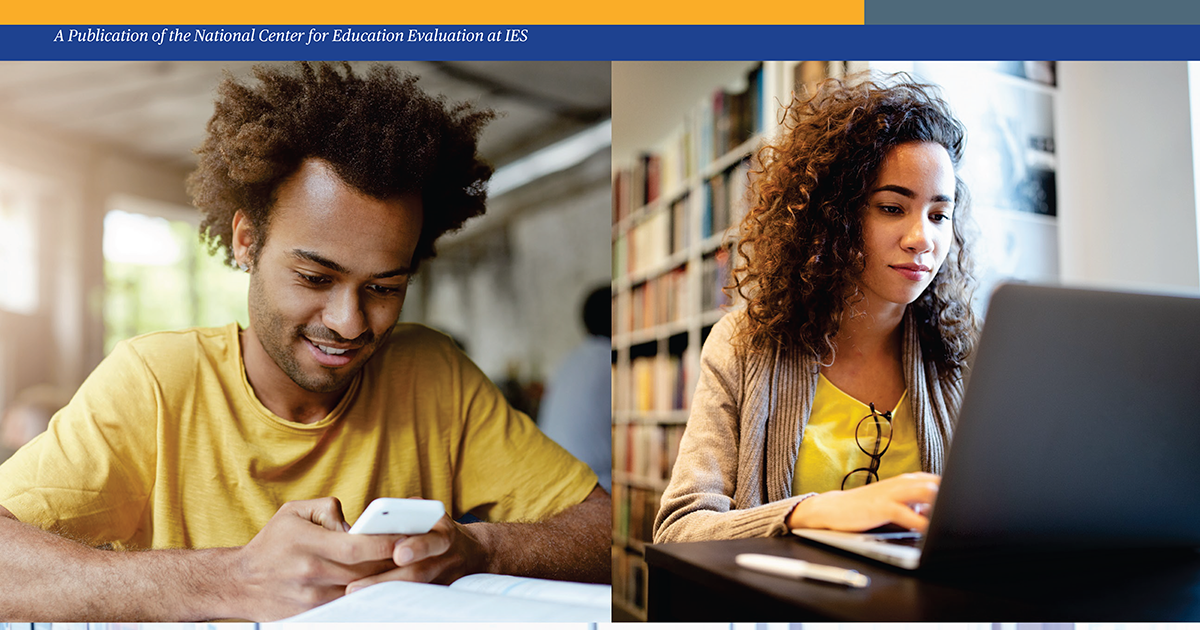Possible Ways of Increasing College Access Among Adults from Underserved Backgrounds
A Study of College Transition Text-Based Messaging

For adults with low incomes and potential first-generation college-goers, enrolling in college can be challenging. The U.S. Department of Education-funded Educational Opportunity Centers (EOCs) provide supports to help navigate some of the barriers to enrollment, including assistance with completing college and financial aid application processes, academic advising, and personal counseling. EOCs spent an average of $265 per client served in the 2018–2019 program year, indicating that EOC support is not typically intensive. This study evaluated a text messaging program as a supplement to EOCs’ typical services. The program included a set of personalized, automated text messages focused on how to secure financial aid, complete key college enrollment steps, and navigate other potential barriers to college entry. About 3,500 clients from 18 EOCs were randomly assigned to receive the text messages in addition to typical EOC services or to receive typical EOC services only. The study compared the Free Application for Federal Student Aid (FAFSA) completion and college enrollment rates of these two groups to determine the effectiveness of the messaging program.
Key Findings
- The addition of the messaging program to existing EOC services did not increase clients’ rates of college enrollment or FAFSA completion. College enrollment and FAFSA completion rates were similar between the group receiving text messages and the group not receiving text messages.
- Although many clients completed important college-going tasks, roughly 4 out of every 10 did not enroll in college. Just under 60% of clients in both the message and non-message groups enrolled in college. Yet even before entering the study, 85% of all clients reported having applied to college and 73% reported having completed the FAFSA—key steps toward enrollment.
These findings add to the growing evidence that text messaging and nudges to complete needed activities are insufficient to increase college enrollment rates. In the context of the EOCs, this may be because these strategies do not address structural barriers faced by adults seeking to enroll, such as an inability to cover the cost of college enrollment or a lack of stable childcare. While text messaging is a low-cost method for EOCs to stay in touch with clients, more research is needed to identify the specific barriers to enrollment faced by underserved groups and to evaluate promising strategies to address those barriers.
Document Details
Miller, Cynthia, Rebekah O’Donoghue, Dan Cullinan, Sumner Perera, Alexander Mayer, and Lindsay Page. 2023. Possible Ways of Increasing College Access Among Adults from Underserved Backgrounds: A Study of College Transition Text-Based Messaging. NCEE 2023-003r. Washington, DC: U.S. Department of Education, Institute of Education Sciences, National Center for Education Evaluation and Regional Assistance.







